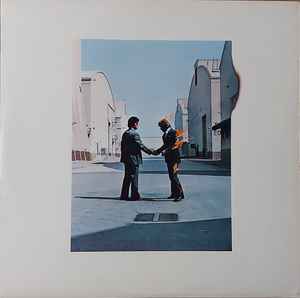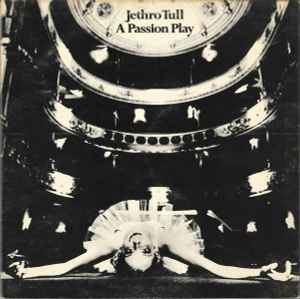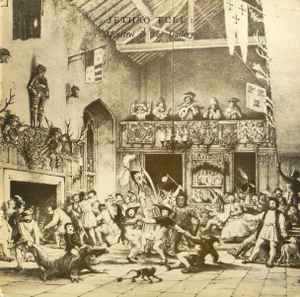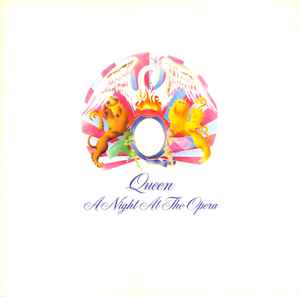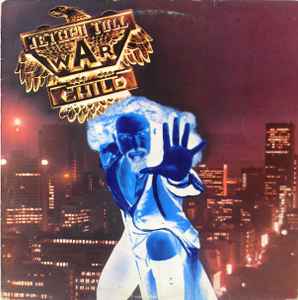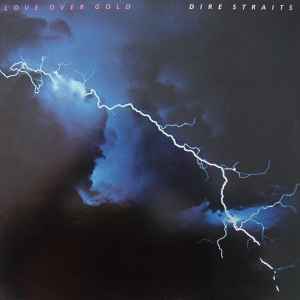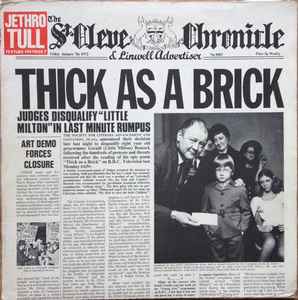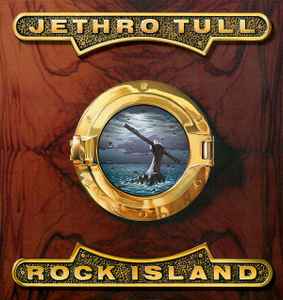Jethro Tull – Original Masters
| Genre: | Jazz, Rock, Folk, World, & Country |
|---|---|
| Style: | Prog Rock, Folk Rock, Blues Rock, Classic Rock |
| Year: |
Tracklist
| Living In The Past | |||
| Aqualung | |||
| Too Old To Rock 'N' Roll, Too Young To Die | |||
| Locomotive Breath | |||
| Skating Away On The Thin Ice Of The New Day | |||
| Bungle In The Jungle | |||
| Sweet Dreams | |||
| Songs From The Wood | |||
| Witches Promise | |||
| Thick As A Brick | |||
| Minstrel In The Gallery | |||
| Life's A Long Song |
Credits (4)
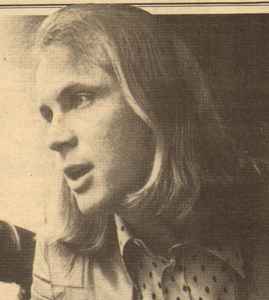 Terry EllisCo-producer
Terry EllisCo-producer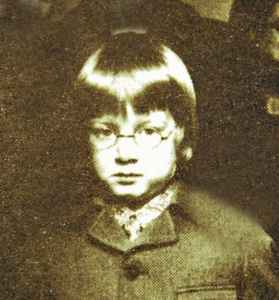 Gerald BostockComposed By
Gerald BostockComposed By Ian AndersonComposed By
Ian AndersonComposed By Jennie AndersonWords By
Jennie AndersonWords By
Versions
Filter by
139 versions
| Image | , | – | In Your Collection, Wantlist, or Inventory | Version Details | Data Quality | ||||
|---|---|---|---|---|---|---|---|---|---|
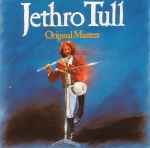 | Original Masters LP, Compilation | Chrysalis – JTTV 1 | UK | 1985 | UK — 1985 | Recently Edited | |||
 | Original Masters CD, Compilation | Chrysalis – F2 21515 | US | 1985 | US — 1985 | ||||
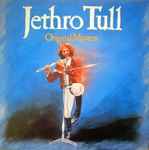 | Original Masters LP, Compilation | Chrysalis – JTTV 1 | UK | 1985 | UK — 1985 | Recently Edited | |||
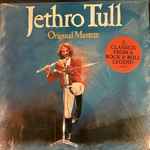 | Original Masters LP, Compilation | Chrysalis – FV 41515 | US | 1985 | US — 1985 | New Submission | |||
 | Original Masters LP, Compilation | Chrysalis – 1C 038-321515 1 | Europe | 1985 | Europe — 1985 | Recently Edited | |||
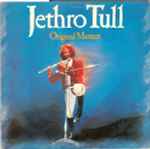 | Original Masters LP, Compilation | Chrysalis – CHR 1515 | Spain | 1985 | Spain — 1985 | ||||
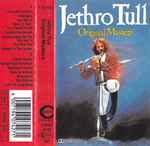 | Original Masters Cassette, Compilation | Chrysalis – 407 427 | Europe | 1985 | Europe — 1985 | New Submission | |||
 | Original Masters CD, Compilation | Chrysalis – 610 543, Chrysalis – 610 543-222 | Germany | 1985 | Germany — 1985 | New Submission | |||
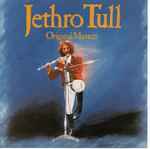 | Original Masters CD, Compilation | Chrysalis – CDP32 1515-2 | Italy | 1985 | Italy — 1985 | New Submission | |||
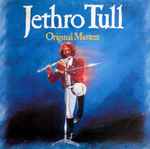 | Original Masters LP, Compilation, Misprint, Reissue | Chrysalis – 54 3215151 | Italy | 1985 | Italy — 1985 | New Submission | |||
 | Original Masters Cassette, Compilation | Chrysalis – PVT 41515 | US | 1985 | US — 1985 | New Submission | |||
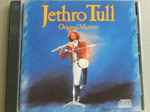 | Original Masters CD, Compilation | Chrysalis – F2 21515, Chrysalis – DIDX 2961 | US | 1985 | US — 1985 | New Submission | |||
 | Original Masters LP, Compilation | Chrysalis – CHRL-007 | El Salvador | 1985 | El Salvador — 1985 | New Submission | |||
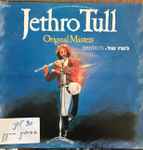 | Original Masters LP, Compilation | Chrysalis – JTTV 1 | Israel | 1985 | Israel — 1985 | New Submission | |||
 | Original Masters LP, Compilation | Chrysalis – F1 21515 | US | 1985 | US — 1985 | New Submission | |||
 | Original Masters Cassette, Compilation | Chrysalis – Z JTTV 1, Chrysalis – ZJTTV 1 | UK | 1985 | UK — 1985 | New Submission | |||
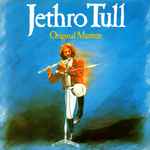 | Original Masters LP, Compilation | Chrysalis – CHS-41515 | Canada | 1985 | Canada — 1985 | New Submission | |||
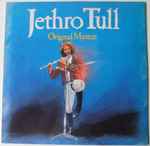 | Original Masters LP, Compilation, Misprint | Chrysalis – CHR 1515 | Italy | 1985 | Italy — 1985 | New Submission | |||
| Original Masters Cassette, Compilation | Chrysalis – FVT 41515 | US | 1985 | US — 1985 | New Submission | ||||
 | Original Masters Cassette, Compilation | Chrysalis – F4 21515 | US | 1985 | US — 1985 | New Submission | |||
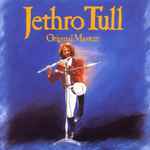 | Original Masters CD, Compilation | Chrysalis – CCD 1515 | UK | 1985 | UK — 1985 | ||||
 | Original Masters Cassette, Compilation, Club Edition, Dolby HX Pro B NR | Chrysalis – CHSC-41515 | Canada | 1985 | Canada — 1985 | New Submission | |||
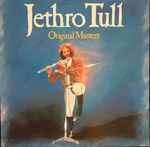 | Original Masters LP, Compilation, Club Edition, Reissue, CRC | Chrysalis – FV 41515 | US | 1985 | US — 1985 | New Submission | |||
 | Original Masters LP, Compilation, Club Edition, Stereo, RCA | Chrysalis – FV 41515 | US | 1985 | US — 1985 | Recently Edited | |||
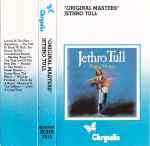 | Original Masters Cassette, Compilation | Chrysalis – ZCHR-1515 | Sweden | 1985 | Sweden — 1985 | New Submission | |||
 | Original Masters LP, Compilation, Club Edition, BMG | Chrysalis – FV 41515 | US | 1985 | US — 1985 | New Submission | |||
 | Original Masters LP, Compilation | Chrysalis – 1C 038-3 21515 1 | Europe | 1985 | Europe — 1985 | New Submission | |||
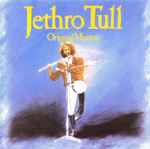 | Original Masters CD, Compilation | Chrysalis – CDP32 1515-2 | UK | 1985 | UK — 1985 | New Submission | |||
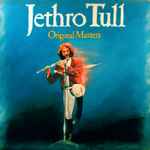 | Original Masters LP, Compilation, Club Edition, Stereo | Chrysalis – CHS-41515 | Canada | 1985 | Canada — 1985 | New Submission | |||
 | Original Masters Cassette, Compilation, Club Edition, RCA Club | Chrysalis – FVT 41515 | US | 1985 | US — 1985 | New Submission | |||
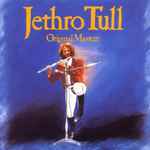 | Original Masters LP, Compilation | Chrysalis – CHR 1515 | Sweden | 1985 | Sweden — 1985 | New Submission | |||
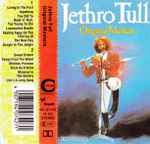 | Original Masters Cassette, Compilation | Chrysalis – 407 427 - 652, Chrysalis – 407 427 | Europe | 1985 | Europe — 1985 | New Submission | |||
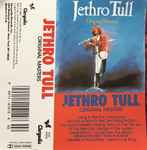 | Original Masters Cassette, Compilation | Chrysalis – PVT 41515 | US | 1985 | US — 1985 | New Submission | |||
 | Original Masters Cassette, Compilation, Club Edition | Chrysalis – F4 21515 | US | 1985 | US — 1985 | New Submission | |||
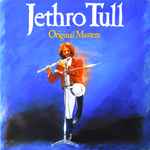 | Original Masters LP, Compilation, Pitman Pressing | Chrysalis – FV 41515 | US | 1985 | US — 1985 | New Submission | |||
 | Original Masters LP, Compilation, PRS Pressing | Chrysalis – JTTV 1 | UK | 1985 | UK — 1985 | New Submission | |||
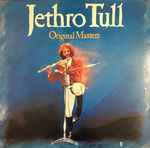 | Original Masters LP, Compilation | Chrysalis – FV 41515 | US | 1985 | US — 1985 | New Submission | |||
| Original Masters LP, Compilation | Chrysalis – CDL12072 | Philippines | 1985 | Philippines — 1985 | New Submission | ||||
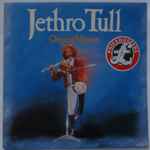 | Original Masters LP, Compilation | Chrysalis – JTTV 1 | UK | 1985 | UK — 1985 | New Submission | |||
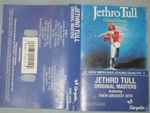 | Original Masters Cassette, Compilation, Dolby | Chrysalis – CHMC-41515 | Canada | 1985 | Canada — 1985 | New Submission |
Recommendations
- Released1975 — UKVinyl —LP, Album, Stereo
- Released1973 — UKVinyl —LP, Album
- Released1975 — UKVinyl —LP, Album
- Released1975 — UKVinyl —LP, Album, Stereo
- Released1974 — UKVinyl —LP, Album
- Released1980 — UKVinyl —LP, Album, Stereo
- Released1982 — UKVinyl —LP, Album, Stereo
- Released1972 — UKVinyl —LP, Album, Stereo
- Released1977 — UKVinyl —LP, Album
- Released1989 — UKVinyl —LP, Album
Reviews

referencing Original Masters (LP, Compilation) JTTV 1
Now, perhaps, there is no such musical instrument that would not be "mastered" by rock musicians, with the exception of perhaps some purely folklore ones - such as ocarina, balalaika, etc. The instruments of the symphony orchestra have firmly entered the rock arsenal. Nowadays, rock lovers will not be surprised by, say, a cello, a French horn, a harpsichord, a bassoon, a violin or even an accordion or a Celtic harp. (Right away, however, it should be noted that the number or variety of instruments does not guarantee the quality of the music in any case).
But rock didn't always have such a rich toolkit, of course. And if, when recording records, musicians from the mid-sixties often invited almost the entire symphony orchestra into the studio, then in concert performances they, as a rule, were limited to a much more modest and traditional composition.
It is not surprising, therefore, that the interest with which viewers and critics in England met in 1968 the appearance of a new group with the strange name "Jethro Tull" (J. Tull invented a plow of a new design 268 years before the ensemble appeared and wrote a work on agriculture). "Jethro Tull" had a very unusual "frantman" at that time, i.e. a soloist standing in front, attracting the main attention of the public and to a large extent determining the appearance of the group. As a rule, in the stage of that time, a singer or a guitarist performed in this role. (At one time, the famous Elton John was not allowed to sing in his first group "Bluesoloji" precisely because he, a short, plump young man with glasses, did not correspond in any way to the traditional idea of a "frantman"). Jethro Tull's main soloist and singer was flautist Ian Anderson. Of course, not everyone immediately figured out what kind of music he plays, and he himself did not immediately become a virtuoso of playing the flute. At first, many were attracted by his eccentric, diametrically opposed to the traditional idea of a flutist, manner of holding himself on stage. Anderson could play lying on the floor, jumping from one microphone to another, or standing on one leg for hours. However, from concert to concert his skill grew, he found an example to follow - the famous jazz saxophonist Roland Kirk — and in August 1968 the ensemble performed with great success at the Jazz and Blues Festival in Sunbury. For the first time, the musicians played in front of a large audience — before that they were invited only by small clubs — and completely conquered the audience and the press. Although by that time the group "Jethro Tull" had existed for only a few months, the musicians had more than one year of work, trial and error, successes and disappointments.
Ian Anderson was born in 1947 in Blackpool. He didn't play any instrument at school, but he sang well. He performed in various school musical performances, sometimes worked with local blues ensembles. Glenn Cornick, Barry Bar-low, Jeffrey Hammond-Hammond - the members of the first, still unnamed ensemble assembled by Anderson, also tried their hand at different collectives, almost all of them met in the John Evan Band. This semi-professional Blackpool ensemble has performed in small towns in the north of England.
Anderson wanted to succeed in London, and at the end of 1967, friends came to the capital. However, no one was in a hurry to open the doors of studios and prestigious concert halls to them, and soon the disappointed musicians one by one went home — all except Ian Anderson and bassist Glenn Cornick. Together with guitarist Mick Abrahams and drummer Clive Bunker, they formed a band that later became known as "Jethro Tull". In 1968, they already performed concerts and after the triumph at the Sunbury Festival, they released the first long-playing record "This Was" ("It was"). The CD immediately became a bestseller — to some surprise of the musicians themselves and to the complete stupefaction of the bigwigs of the music business. Nine songs on the record were written by the members of the ensemble, the tenth piece belonged to Ronald Kirk.
Now the music of the first disc of "Jethro Tull" may seem a somewhat naive fusion of jazz and blues, passed through the prism of the perception of rock musicians. But this was essentially the first attempt of its kind at all, and it must be admitted that Jethro Tull has achieved some very interesting results along the way.
After the release in 1967 of the Beatles record "The Orchestra of the Lonely Hearts Club of Sergeant Pepper", rock music could not remain the same as it was before. The Beatles opened up a whole new world, where very few people had dared to look before them, a world of unity of different forms of music - symphonic, chamber, rock - a world that has not yet been mastered. In the second half, and especially in the late sixties, groups began to appear that tried to follow the path indicated by "Sergeant Pepper" with a greater or lesser degree of professionalism, skill, and inspiration. The music of such bands as "Pink Floyd", "Fleetwood Mac", "Nice", "Gene Years After" and others, was called "progressive" rock. Jethro Tull was also included in this direction. They were not distinguished by the strong jazz beginning of many compositions.
Martin Barr soon replaced Mick Abrahams, and Anderson became the undisputed leader of the band - so much so that, as some critics noticed, it didn't really matter who accompanied him. I think this is not entirely true.
After the departure of Abrahams, the elements of blues in the songs of "Jethro Tull" weakened, the compositions became tougher, sharper, which lasted in the second disc of the group "Stand Up" ("Stand Up", 1969). By the time of the release of this record, which many consider the best album of the ensemble, "Jethro Tall" had already gained worldwide fame, was recognized by the prestigious English magazine "Me * lodi Maker" as the second rock band in the world, he gave a series of concerts in different countries. All the records of the collective automatically occupied high places in the charts.
The composition of the group changed. Gradually, the musicians with whom Anderson started back in Blackpool returned to Jethro Tull, bassist Jeffrey Hammond-Hammond, drummer Barry Barlow, pianist John Evan. In this composition, "Jethro Tull" recorded his most, perhaps, famous record "Aqualang" (1971). This was Anderson's first conceptual CD dedicated to the issues of life, death, and worldview. And although musically the album is not inferior to many other recordings of the group, it was "Aqualung" that fell out to become the most popular disc of the collective.
The year 1973 was a turning point in the history of Jethro Tull. For the first time, the group was hit by a critical flurry. They were accused of being detached from the musical reality, of excessive pretentiousness, narcissism, unjustified complexity of many songs and simply that the band was exhausted. And if the American market dutifully swallowed new albums, then English listeners began to turn away from Ian Anderson little by little. The musicians, of course, could not have known it then, but they were going through the same crisis as the whole "progressive" rock. Anderson announced the dissolution of the band, clearly hoping for an explosion of fans' indignation. But there was no explosion, and in 1974 the ensemble quietly started recording a new CD and began performing concerts again.
In total, Jethro Tull has released more than 15 records to date. Many of them — including the later ones - contain first-class songs, but the group no longer arouses the same interest among the public. This does not, of course, indicate its decline, it rather indicates a lack of progress. Anderson himself felt it. So, in 1980, bassist Dave Pegg from the band "Fairport Convention" was invited to the ensemble, and the ensemble made a tilt towards folk rock. But so far it has not led to any noticeable results.
Although the songs of the second half of the seventies and eighties attract a small number of fans, "Jethro Tull" has written its page in the history of world rock music. Their early records are constantly being reissued - especially now, when interest in the rock of the sixties and early seventies has flared up all over the world. And new generations of listeners, with the same delight as their predecessors, discover the beauty, power, energy of such songs as "Scuba", "Breath of the locomotive", "Tula, like a cork" and many others.
referencing Original Masters (LP, Compilation) 104.8360
Despite being a compilation, it was really well pressed with excellent mastering, with an admirable balance between bass and treble, these without wheezing. Much better than most compilations I've heard.
referencing Original Masters (LP, Compilation) F1 21515
thank you for the run out etchings huh feb hang cnn high
referencing Original Masters (LP, Compilation) JTTV 1
My copy doesn't have "Sweet Dreams" listed on back cover.
Master Release
Edit Master Release
Recently Edited
Recently Edited
For sale on Discogs
Sell a copy939 copies from $0.50

